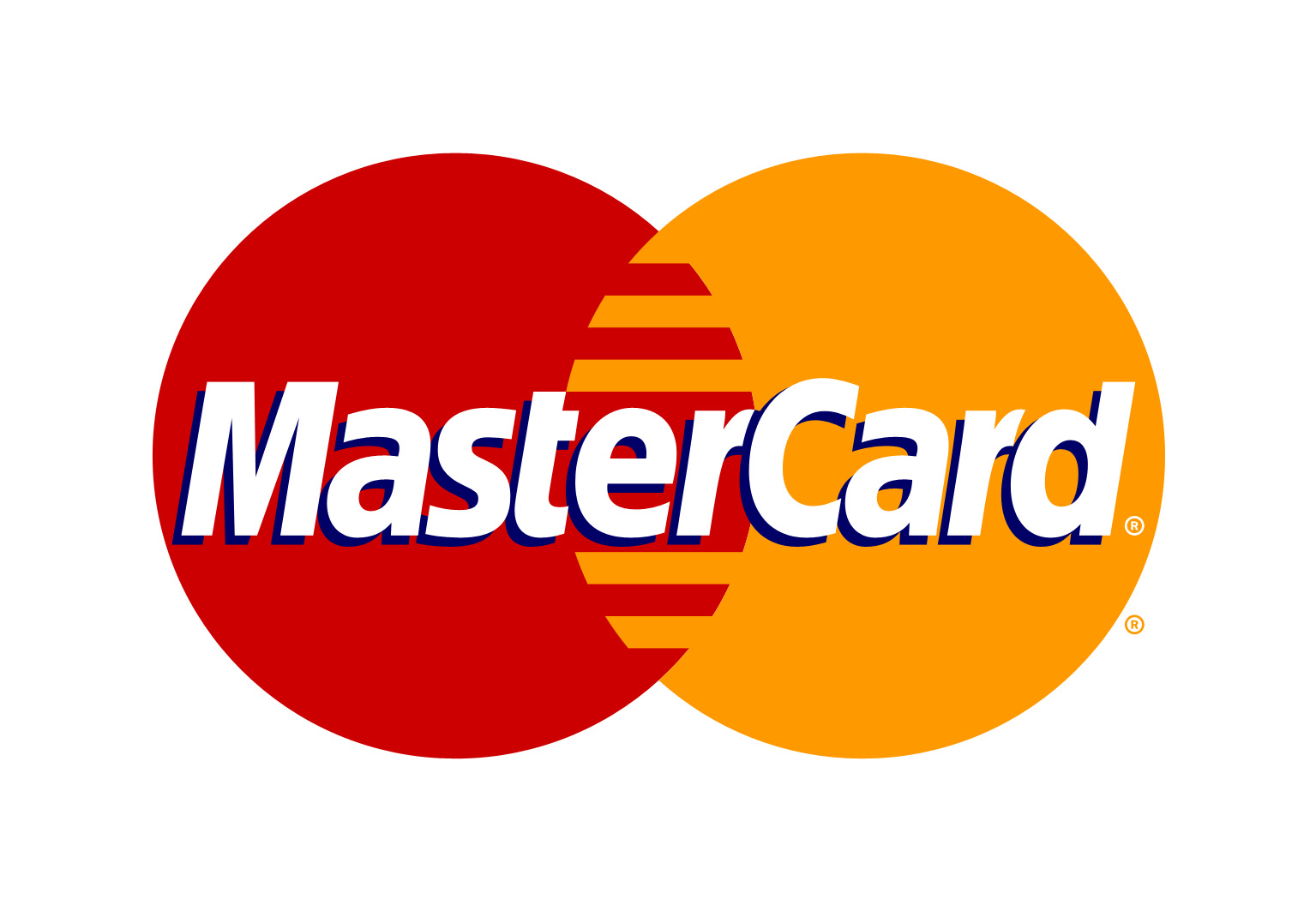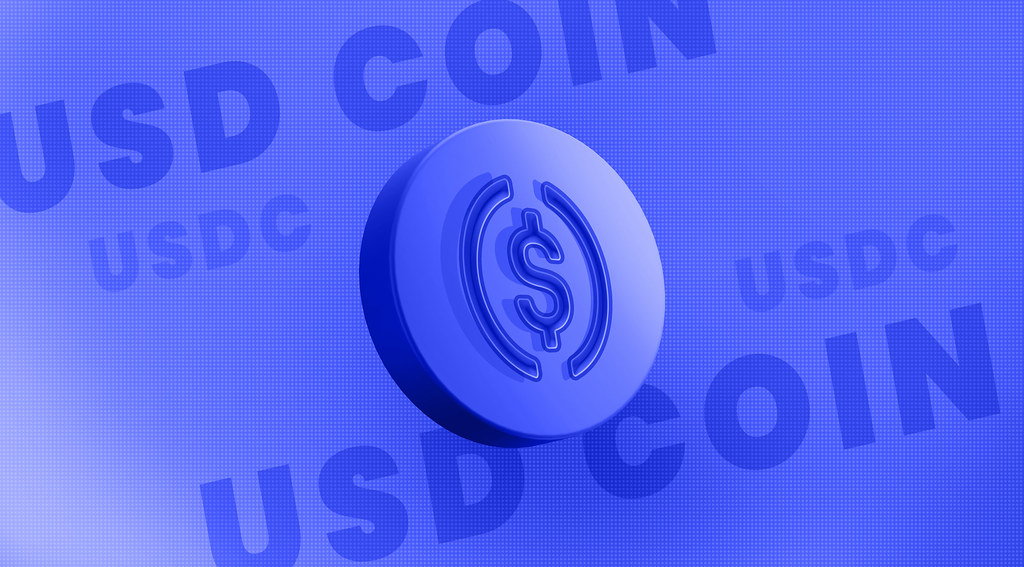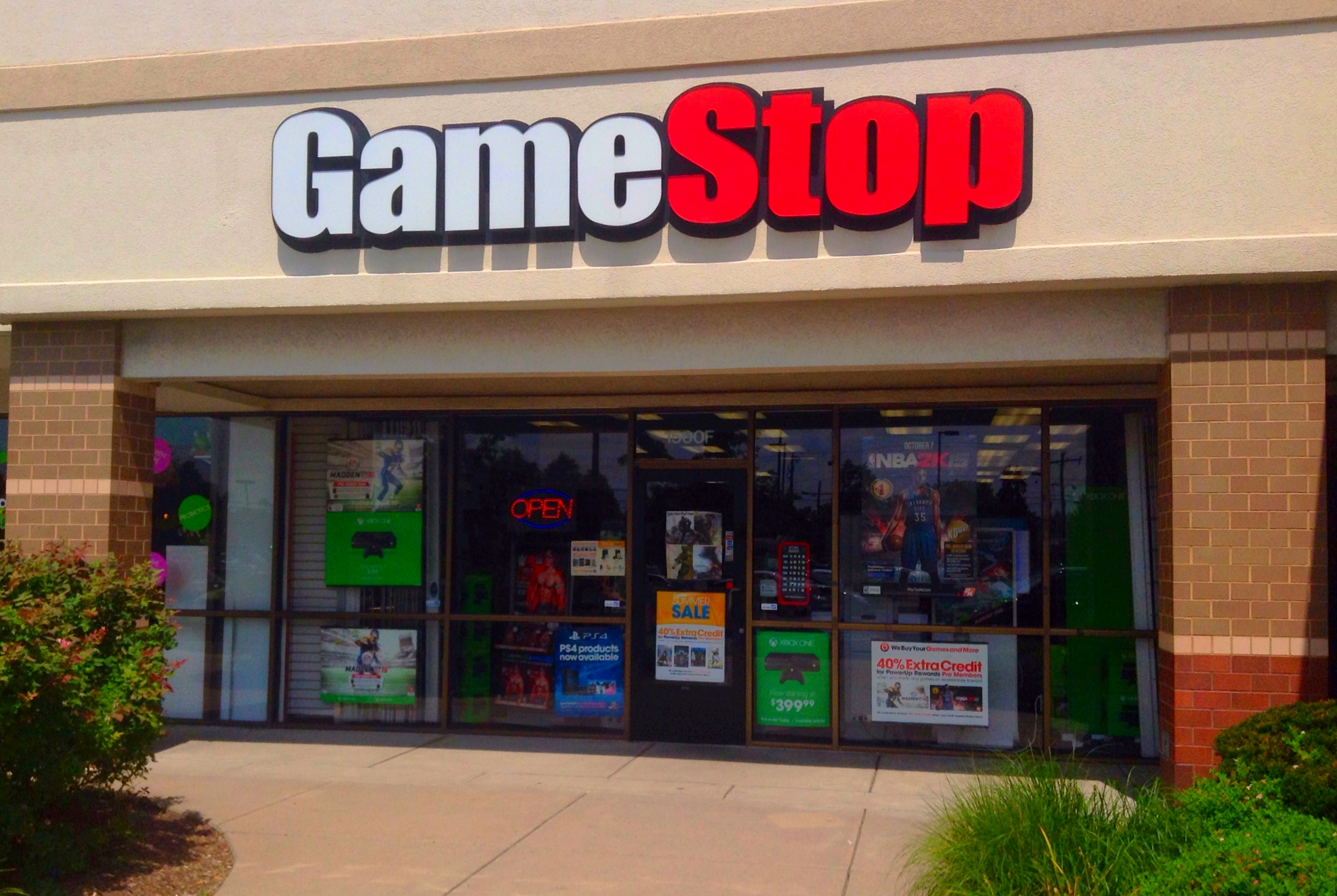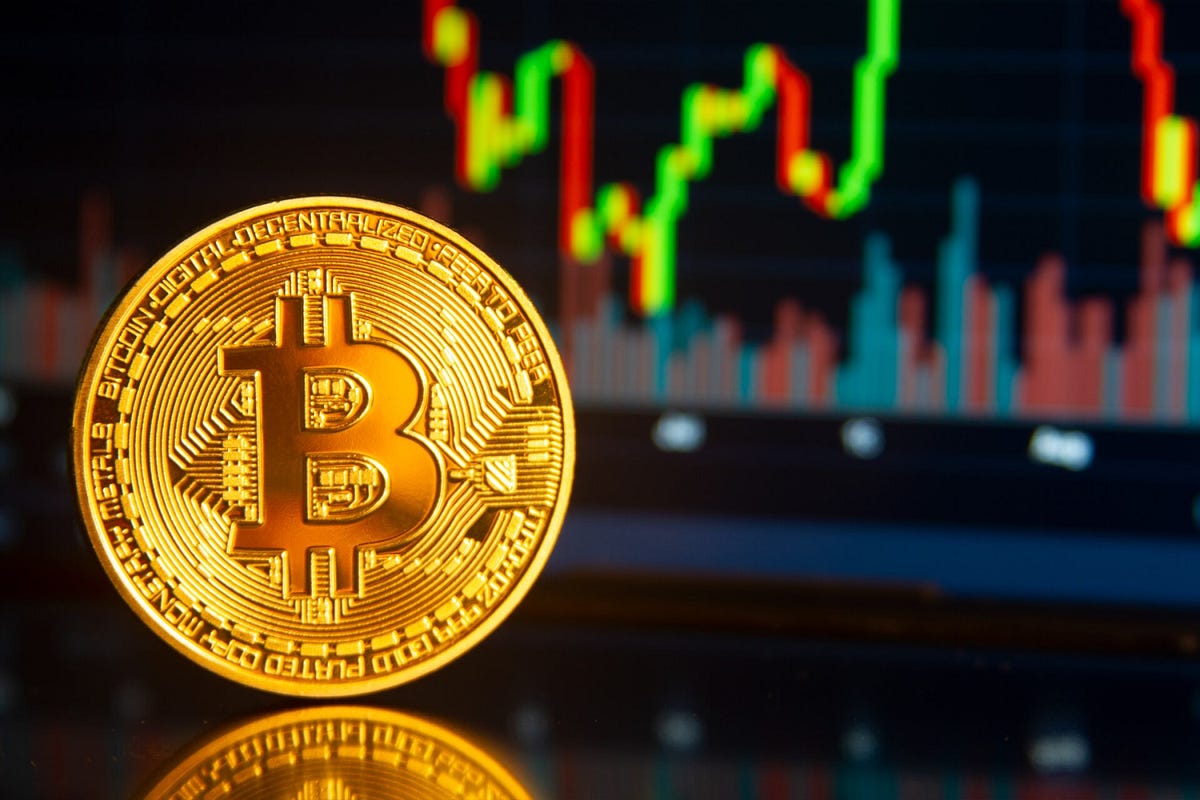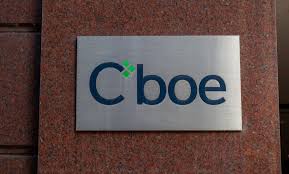PayPal’s PYUSD stablecoin is going multichain with LayerZero, reaching Tron, Avalanche, Sei, and more. Here’s why this expansion could reshape the stablecoin race against USDT and USDC.
PayPal USD Goes Multichain with LayerZero
The stablecoin race just heated up. PayPal’s PYUSD stablecoin is no longer confined to Ethereum, Solana, Arbitrum, or Stellar—it’s now going omnichain. Thanks to an integration with LayerZero’s Stargate Hydra bridge, PYUSD is expanding to a broader set of blockchains, including Tron, Avalanche, and Sei.
The move introduces a new permissionless version called PYUSD0, which stays fully fungible with the original PYUSD. In simple terms, no matter where users hold the token—on Ethereum, Solana, or a LayerZero-supported chain—it’s the same PayPal stablecoin, redeemable 1:1 for U.S. dollars.
The Next Phase: PYUSD0 and Omnichain Access
Until now, PayPal’s stablecoin journey was relatively conservative. PYUSD, issued by Paxos Trust Company, launched in 2023 on Ethereum before branching out to Solana and Arbitrum. Stellar joined the list this week. But the latest rollout marks a pivotal moment: with LayerZero’s technology, PYUSD is set to live on seven additional blockchains, including Abstract, Aptos, Avalanche, Ink, Sei, Stable, and Tron.
Existing bridged versions, such as BYUSD on Berachain and USDF on Flow, are also upgrading to the omnichain model. This upgrade eliminates the silos of liquidity that often plague stablecoins spread across multiple chains.
By leaning on LayerZero’s omnichain fungible token (OFT) standard, PYUSD users can now enjoy seamless transfers across networks without depending on centralized intermediaries like Venmo or PayPal’s own app.
Stablecoin Competition: PYUSD vs. USDT and USDC
Despite PayPal’s global brand recognition, PYUSD remains a relatively small player in the stablecoin market. Its current circulating supply sits at around 1.9 billion, a fraction of Tether’s USDT and Circle’s USDC—both of which dominate the market with hundreds of billions combined.
LayerZero’s role here is crucial. By eliminating liquidity fragmentation and offering a permissionless, composable version of the coin, PYUSD gains flexibility that mirrors what Tether did with its own omnichain USDT0. The race to become the most liquid, interoperable stablecoin is no longer just about market cap—it’s about accessibility across chains.
David Weber, head of PayPal USD’s ecosystem, underscored the vision: by leveraging LayerZero, PYUSD can reach new markets faster while staying compliant from day one.
Why Tron, Avalanche, and Sei Matter
The choice of blockchains signals strategic intent.
Tron already commands the largest share of stablecoin activity globally, especially in Asia, where USDT dominates cross-border payments and remittances. By joining Tron, PYUSD positions itself directly in the world’s busiest stablecoin corridor.
Avalanche brings access to high-speed DeFi ecosystems where low-latency applications and liquidity protocols thrive.
Sei, a newer blockchain focused on optimized trading infrastructure, gives PYUSD early presence in a market built for speed and exchange-focused use cases.
By planting roots in these ecosystems, PYUSD extends its utility beyond payments, embedding itself in DeFi liquidity pools, on-chain trading, and peer-to-peer commerce.
Beyond Stablecoins: PayPal’s Bigger Crypto Play
The expansion isn’t just about blockchain reach. Earlier this week, PayPal launched PayPal Links, a peer-to-peer feature allowing users to send and receive money with personalized links. The company confirmed crypto integration is on the horizon—meaning users will soon be able to share links to send bitcoin, ether, or PYUSD directly.
This aligns with PayPal’s vision of merging traditional payment rails with decentralized finance. By bridging stablecoins across multiple blockchains, PayPal positions itself as a global liquidity provider—not just a payment processor.
The Road Ahead
While PYUSD is still small compared to giants like USDT and USDC, its latest move with LayerZero makes it one of the most flexible stablecoins in existence. If adoption follows, PYUSD could carve out a competitive niche in both retail and DeFi markets.
For users, the benefits are clear: more networks, more liquidity, and fewer barriers between platforms. For PayPal, it’s a chance to assert itself as more than a fintech giant—it’s a serious contender in the digital asset economy.
As omnichain stablecoins become the standard, one thing is clear: the stablecoin wars are entering a new phase, and PYUSD just leveled up.
Disclaimer: Parts of this article were generated with the assistance from AI tools and reviewed by our editorial team to ensure accuracy and adherence to our standards.

